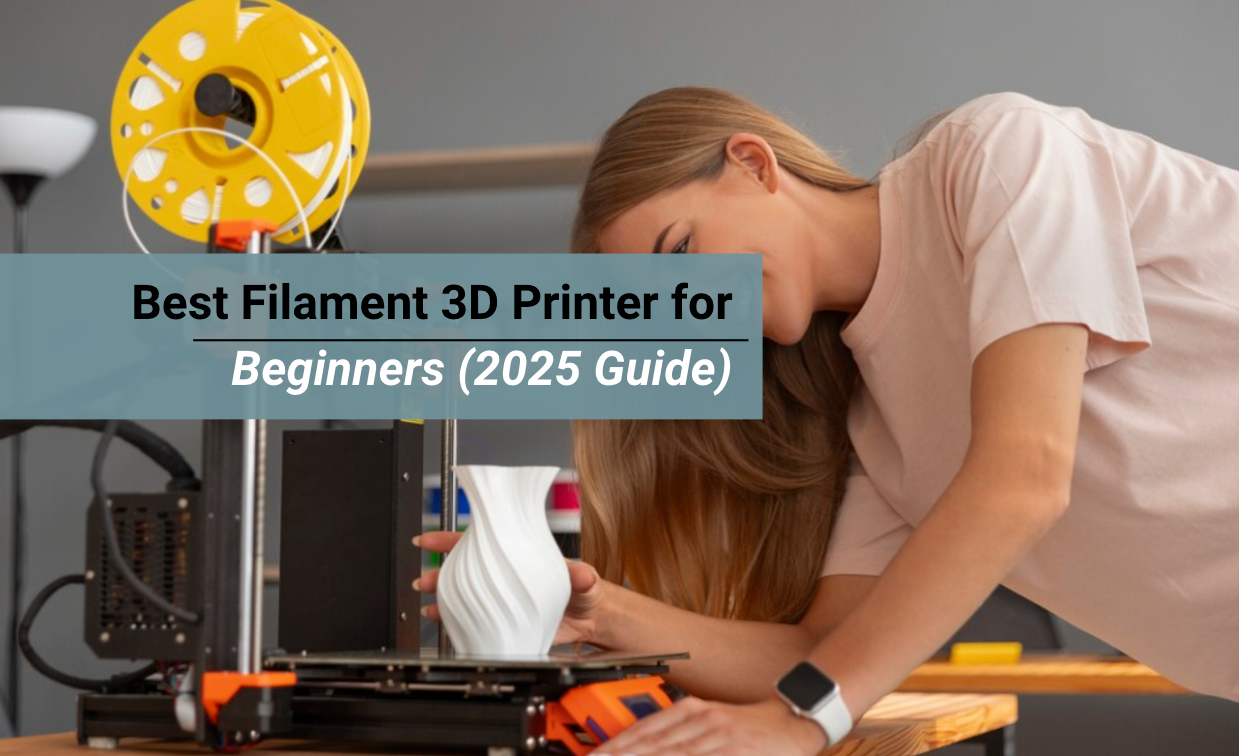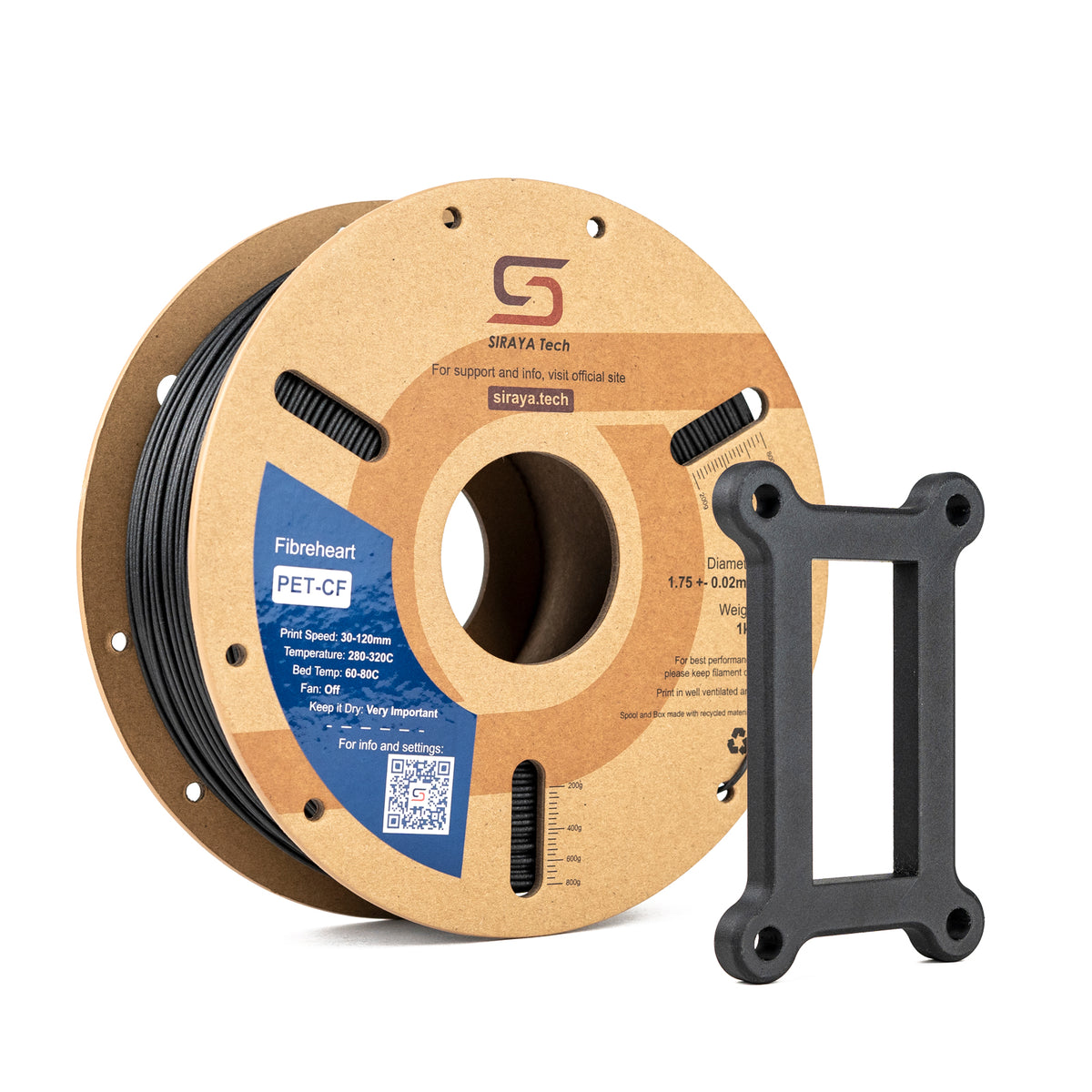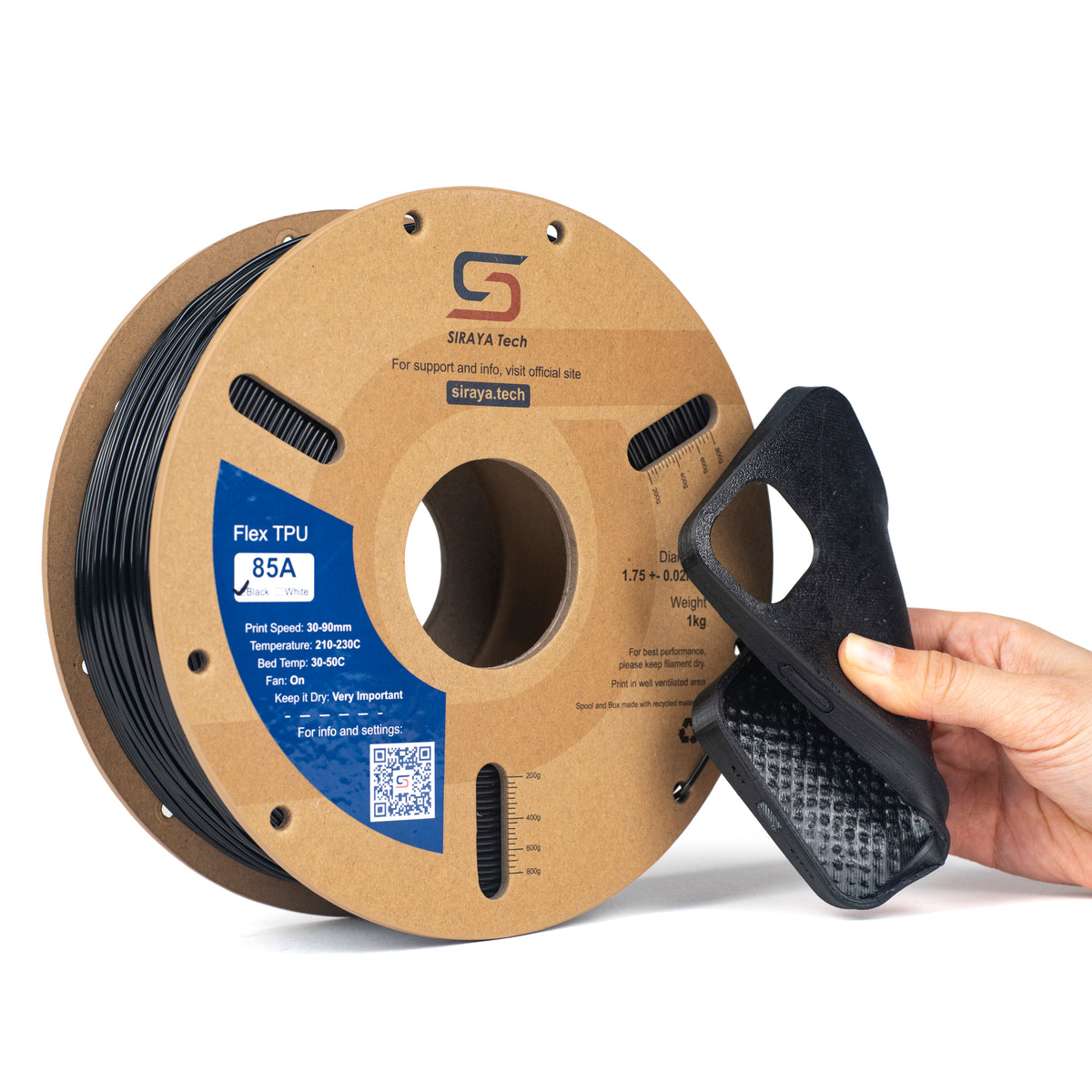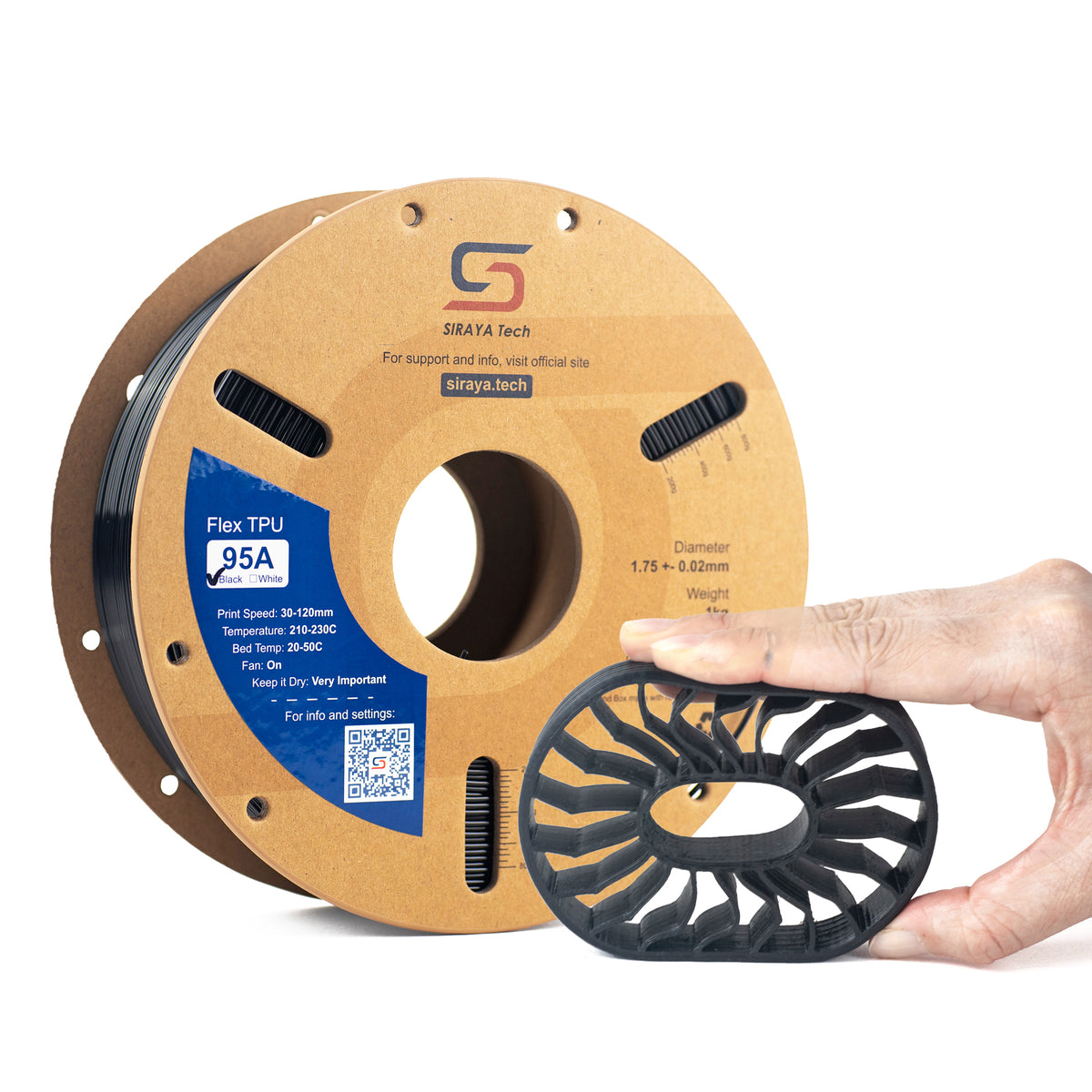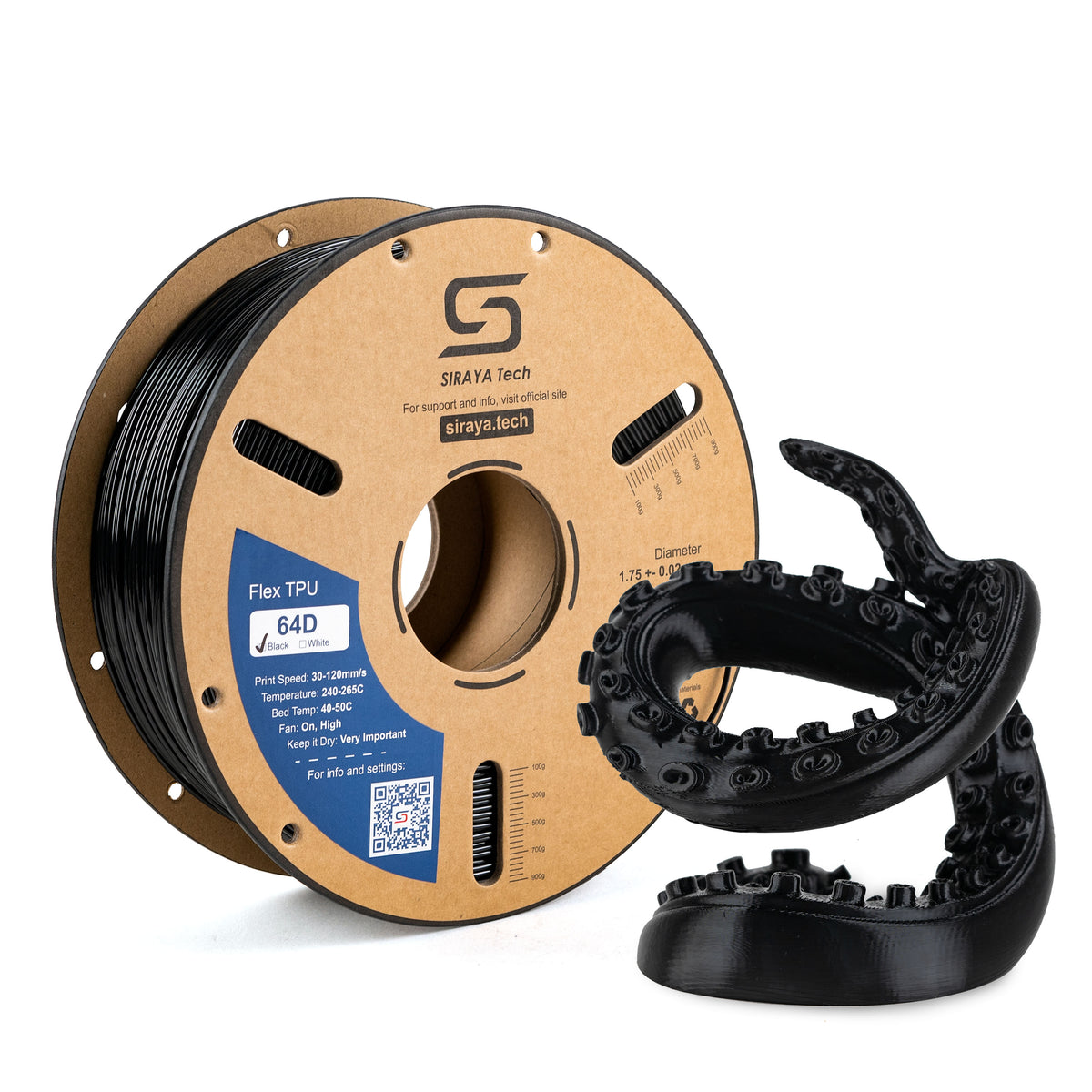Getting your first 3D printer can feel exciting and overwhelming at the same time. There are many options, many features, and many opinions about which printer is perfect for beginners.
The truth is, the best filament 3D printer for beginners should be easy to use, reliable enough to produce consistent prints, and simple to learn without frustration.
A good machine helps new users build confidence, experiment with different materials, and start creating practical projects right away.
In this guide, you will learn what features matter most, which printers are great for beginners, and which filaments give you the smoothest start.
Quick Insights:
- A beginner-friendly filament printer should be easy to set up, stable, and simple to maintain.
- Look for auto-leveling, a direct-drive extruder, safety features, and a strong support community.
- PLA is the easiest filament for beginners, followed by PETG and TPU.
- Budget and mid-range printers today offer excellent print quality for new users.
- Choosing the right filament makes printing smoother and prevents common beginner problems.
3D Filaments You May Want to Shop
Explore MoreWhat Makes the Best Filament 3D Printer for Beginners
Not all printers are designed with beginners in mind. Some machines require manual adjustments, firmware upgrades, and frequent tuning.
Others offer a smooth, guided introduction to printing, even for those who have never used a 3D printer.
A beginner-friendly printer should make life easier in five main ways:
- It should be simple to set up.
- It should require fewer adjustments.
- It should work reliably with beginner filaments.
-
It should offer clear instructions and strong support.
It should feel safe and stable during printing.
Let us break these down one by one.
Easy Setup and User-Friendly Interface
Beginners do not want to spend hours building a machine from scratch or adjusting dozens of screws. The best filament 3D printers for beginners usually come with:
- Mostly preassembled parts
- Intuitive touchscreens
- Clear setup instructions
- Built-in wizards for loading filament and leveling the bed
A plug-and-play machine helps new users start printing within minutes instead of hours. It also reduces mistakes that come from assembling a printer incorrectly.
Auto Bed Leveling for Consistent Printing
Bed leveling is one of the biggest challenges for beginners. If the nozzle is too close to the bed, the filament will not extrude properly. If it is too far, the print will not stick.
Auto leveling solves this by automatically adjusting the bed height. This gives beginners:
- Better first-layer adhesion
- Fewer failed prints
- Less frustration
- More consistent results
Auto leveling is one of the most valuable features for new users.
Direct Drive vs Bowden for Beginner Filament Control
Beginners often struggle with flexible filaments or inconsistent extrusion. The extruder type you choose can make a big difference.
Direct Drive Extruder:
- The motor is close to the hotend.
- Better control over filament movement.
- Easier to print flexible materials like TPU.
- Great for beginners who want smooth extrusion.
Bowden Extruder:
- The motor sits farther away.
- Filament travels through a long tube.
- Works well for PLA and PETG.
- Slightly harder for flexible filaments.
Both types can work for beginners, but direct drive offers easier filament handling, especially when you want to try different materials.
Also Read: Mastering Siraya Tech Engineering Filaments in a Bowden Setup ⟶
Safety Features New Users Need
Safety matters when you are new to 3D printing. A good beginner printer should have:
- Thermal runaway protection
- Stable metal frame
- Enclosed wiring
- Auto shutoff features
- Insulated hotend
-
A built surface that prevents burns
These features help ensure a safer learning experience.
3 Best Beginner-Friendly 3D Printers
1. Bambu Lab A1 Mini
Why it’s good for beginners:
- This model was picked by reviewers as “Best for Beginners” in one recent roundup.
- The combination of out-of-the-box usability and minimal fiddling makes it appealing if you want to get started quickly.
- Compact size (for smaller rooms or workspaces) while still giving you meaningful print volume.
- It supports a community ecosystem and provides good support.
Trade-offs/things to check:
- Because it’s compact, you may be limited if you want to print very large parts.
- Higher price point than some ultra-budget printers.
- As you advance, you might want a model with more advanced features (enclosure, larger volume, exotic materials), but for a beginner, this is a strong, balanced pick.
Also Read: 3D-Printed Shoes with Bambu Lab and Siraya Tech TPU ⟶
2. Creality Ender 3 V3 SE
Why it’s suitable for beginners:
- Identified in reviews as a “Best Budget” 3D printer for beginners.
- Strong brand and lots of community/after-market support (mods, tutorials) because the Ender line is popular.
- Many hobbyists start here: a good platform to learn the ropes.
Trade-offs/things to watch:
- As it is budget-oriented, you may need to invest some time calibrating or tweaking (depending on the kit/assembly state).
- Not quite as “plug-and-play” as some premium units — though still very good.
- If you want large prints or advanced filaments (e.g., ABS or high-temp), you’ll eventually need upgrades. (Check Out: Filament for Creality 3D Printer)
3. Flashforge Adventurer 5 M Pro
Why it’s good for beginners:
- Fully enclosed design: better for stability, safety (especially if you have children around) and may help print quality for more materials.
- Features like automatic bed leveling and easier maintenance often included in “beginner-friendly” guides.
- Strong build quality and manufacturer support.
Trade-offs/things to watch:
-
Cost is higher than that of ultra-budget models.
Enclosed models can take up more space. - It might be more machine than you need if you're just making simple prints and staying with PLA; you might not leverage all the features right away.
Best Filaments for Beginner 3D Printers
Choosing the right filament is just as important as choosing the right printer. Some materials are easier to print, while others require more experience or specific settings.
Below are the best filaments for beginners.
PLA Filament for Easy, Reliable Prints
PLA is the number one filament for beginners because it is easy to print, warps less, and works with almost any 3D printer.
Benefits of PLA:
- Low printing temperature
- Minimal warping
- No enclosure required
- Sticks well to most bed surfaces
-
Great for small and large prints
PLA is perfect for:
- Toys
- Models
- Tools
- Decorations
-
Beginners practicing settings
If you are new to 3D printing, PLA should be your starting point.
PETG Filament for Stronger, More Durable Prints
PETG is a significant next step after PLA. It is tougher, more flexible, and better for functional parts.
Benefits of PETG:
- Stronger than PLA
- More heat-resistant
- Slight flex prevents brittle failures
- Good for outdoor use
PETG is great for:
- Phone stands
- Storage bins
- Brackets
- Mechanical parts
- Everyday items
PETG requires slightly more tuning than PLA, but is still beginner-friendly.
TPU Filament for Flexible Prints
TPU is a flexible filament that lets beginners print rubber-like parts.
Benefits of TPU:
- Flexible and durable
- Shock absorbent
- Great for custom grips, seals, or protective parts
Prints best with:
- Direct drive extruders
- Slower speeds
- Proper retraction settings
Beginners can use TPU early in their learning journey, especially with supportive hardware.
TPU Filaments You May Want to Shop
Explore MoreAlso Read: 95A vs 98A TPU Filament ⟶
Important Features Beginners Should Look For
Choosing a beginner-friendly printer becomes easier when you know what to prioritize.
Build Volume and Print Size
Most beginners only need a medium-sized build plate. Large printers take longer to heat, require bigger prints, and use more filament.
Recommended beginner sizes:
- 220 x 220 mm
- 250 x 250 mm
- 300 x 300 mm
Slicer Compatibility and Ease of Use
A slicer converts digital models into printable instructions. Good slicers for beginners include:
- Cura
- PrusaSlicer
- OrcaSlicer
A good slicer should offer:
- Easy-to-understand presets
- Good beginner profiles
- Clear tooltips and settings explanations
Reliability and Maintenance Needs
Beginners should pick printers that need minimal repair. Avoid printers that need constant tuning or replacement parts. Look for:
- Simple extruder design
- Sturdy frame
- Standard nozzle sizes
- Good bed adhesion out of the box
A reliable machine keeps beginners motivated and successful.
Conclusion
Choosing the best filament 3D printer for beginners starts with understanding what makes a printer friendly, reliable, and easy to learn.
Features such as auto-leveling, direct-drive extruders, safe construction, and strong community support help new users build confidence and enjoy printing.
Pairing the right printer with beginner-friendly filaments like PLA, PETG, and TPU gives you a smooth start and better quality prints. With the right tools, anyone can successfully get started with 3D printing.
If you want beginner friendly filaments that print smoothly and consistently, explore the high-quality options at Siraya Tech:
FAQs About the Best Filament 3D Printer for Beginners
What is the best filament 3D printer for beginners?
The best filament 3D printer for beginners is one that has auto bed leveling, a stable frame, and a simple setup process. These features reduce common problems like poor first layers and failed prints, so new users can focus on learning. A good beginner printer should also have clear instructions and an active community for support. When you shop, look for printers that are well reviewed for reliability, not just low price.
Is PLA the best filament for new users?
Yes, PLA is usually the best filament for new users. It prints at lower temperatures, sticks to the bed easily, and works on almost every entry level printer. PLA also has very little odor and does not need a heated enclosure, which makes it safer and easier to handle at home. For learning basic settings and getting successful prints fast, PLA is the ideal starting material.
Can beginners print PETG?
Yes, beginners can print PETG if they are ready for a small learning curve. PETG is tougher and more flexible than PLA, which makes it great for parts that need extra strength or light impact resistance. It does need slightly higher temperatures and careful tuning of retraction to avoid stringing. Starting with well-known PETG profiles and making small changes helps new users get good results.
Should beginners use direct drive printers?
Direct drive printers can be a very good choice for beginners. With the extruder close to the hotend, they offer better control over filament flow, which helps with flexible and soft materials. They also make retraction tuning easier and can reduce issues like under-extrusion. If the printer is well-built and properly supported, a direct drive setup is beginner-friendly.
Are budget 3D printers good enough for beginners?
Yes, many budget 3D printers are good enough for beginners, as long as you pick a trusted model. Affordable printers today often deliver solid print quality, open source firmware, and strong community support. You may need to spend a bit of time on tuning and small upgrades, such as better bed springs or a glass plate. For most first-time users, a well-reviewed budget printer is a smart and safe way to start.

